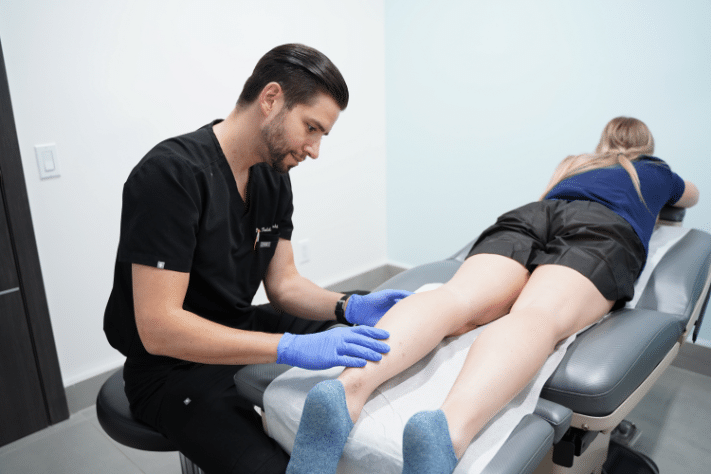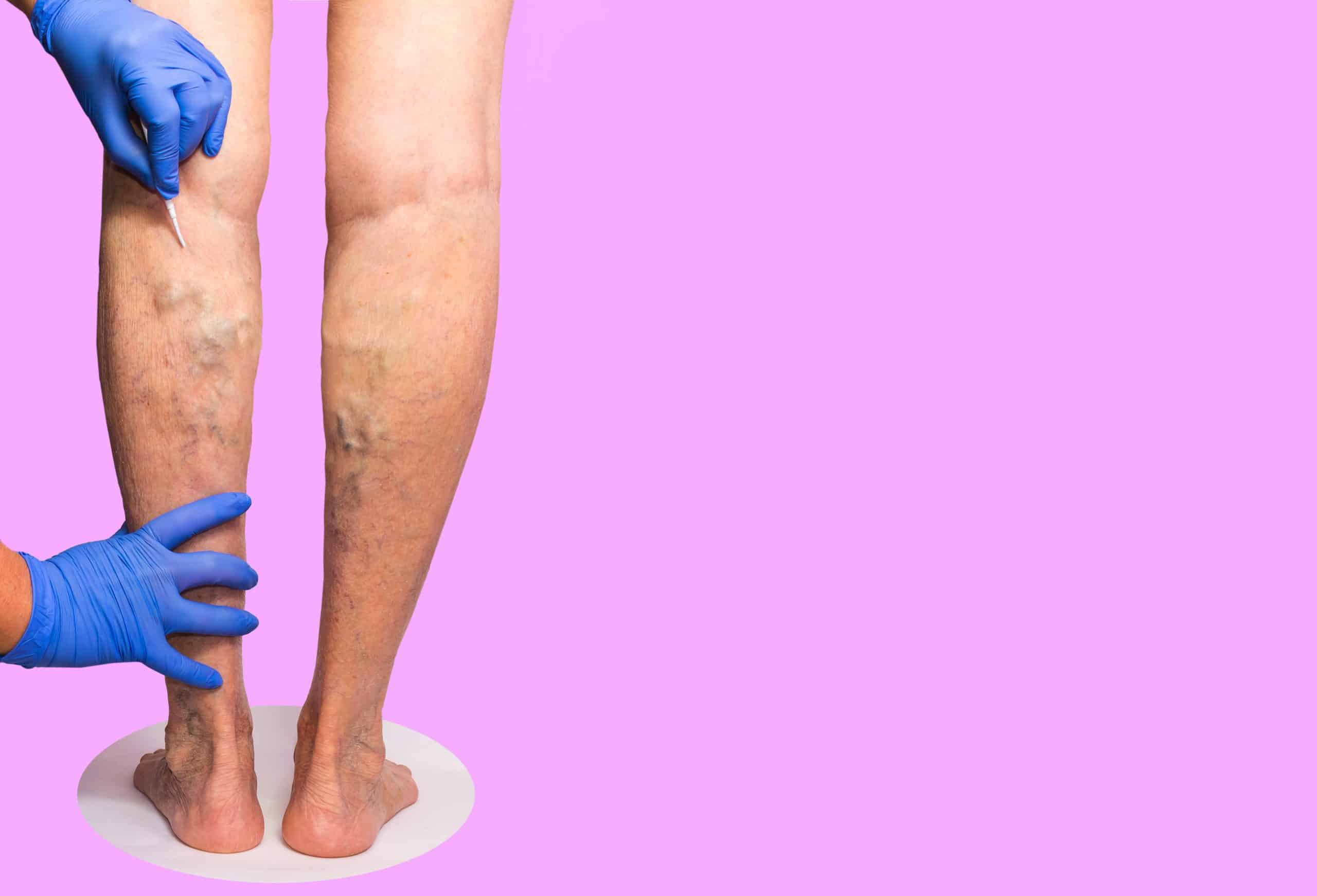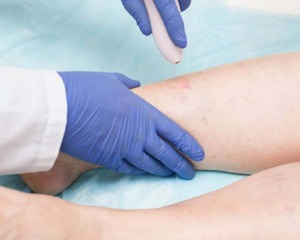MyWorldGo
What Treatments Available For Vein Disorder?
Blog Information
- Posted By : Stone Mark
- Posted On : Jun 18, 2022
- Views : 210
- Category : General
- Description : We consider everybody reading this article to be suffering from a vein condition.
Overview
- We consider everybody reading this article to be suffering from a vein condition. You should realize that if you have vein illnesses like varicose veins or spider veins, you must see a vein specialist before it's too late. In this article, we've covered a variety of frequently asked questions by vein disease patients that will help you learn more about the condition. So do read this until the end to avoid missing out on anything.What are the signs of veins disease?Here are some indications of varicose veins that are described later in this article and will assist you in identifying them:

- Dark purple or blue-colored veins
- Veins that are twisted and bulging
- Unbearable leg ache
- Do your legs feel heavy?
- Legs that are burning, aching, and cramping
- Swelling of the lower legs
- Leg pain after prolonged sitting and standing
- Venous itching
- Vein discoloration in your legs
If you have any of these disorders, make an appointment with a vein specialist for vein disease therapy.If you are experiencing the signs and symptoms of the vein issue listed above, you must see a vein specialist. Seeing your general doctor will direct you to a vein doctor who will treat your veins by diagnosing and examining your condition with a proper treatment plan. Ask your vascular doctor about anything that concerns your state, including the most frequently asked question, "Do veins grow back after removal?"What are the types of vein surgical treatment available?There are several surgical methods for treating veins, including the ones listed below:- Laser treatment
- Radiofrequency
- Chemical injections
You can get one of these operations by contacting the most excellent vein specialist. With the help of an evaluation by your vein specialist, you will be able to choose which treatment is best for your vein disease.What are different nonsurgical vein treatments available?The following are some examples of nonsurgical vein problem treatments:- The most successful treatment for veins is sclerotherapy.
- One of the most effective treatments for small varicose veins is laser treatment.
- Phlebectomy is a natural way to treat the surface of varicose veins.
- Ultrasound-guided gas sclerotherapy (UGGS) with mapping might give your veins a lot of heat.
These were some nonsurgical vein treatments you can get by visiting a nearby vein specialist. How long does a vein mapping take?The vein mapping method can take anywhere between 30 and 90 minutes. An ultrasonography surgeon requires a key to your legs from the inguinal region to the ankle.Takeaway!We hope you enjoyed reading this article. It helped you learn about nonsurgical and surgical treatments for venous disorders. If you have vein disease, you should realize that ignoring the discomfort and condition will not help you and only create health problems. So make an appointment with the best vein expert. Don't forget to inquire about nonsurgical and surgical vein therapy and "How much does vein mapping cost?"
How long does a vein mapping take?The vein mapping method can take anywhere between 30 and 90 minutes. An ultrasonography surgeon requires a key to your legs from the inguinal region to the ankle.Takeaway!We hope you enjoyed reading this article. It helped you learn about nonsurgical and surgical treatments for venous disorders. If you have vein disease, you should realize that ignoring the discomfort and condition will not help you and only create health problems. So make an appointment with the best vein expert. Don't forget to inquire about nonsurgical and surgical vein therapy and "How much does vein mapping cost?"
